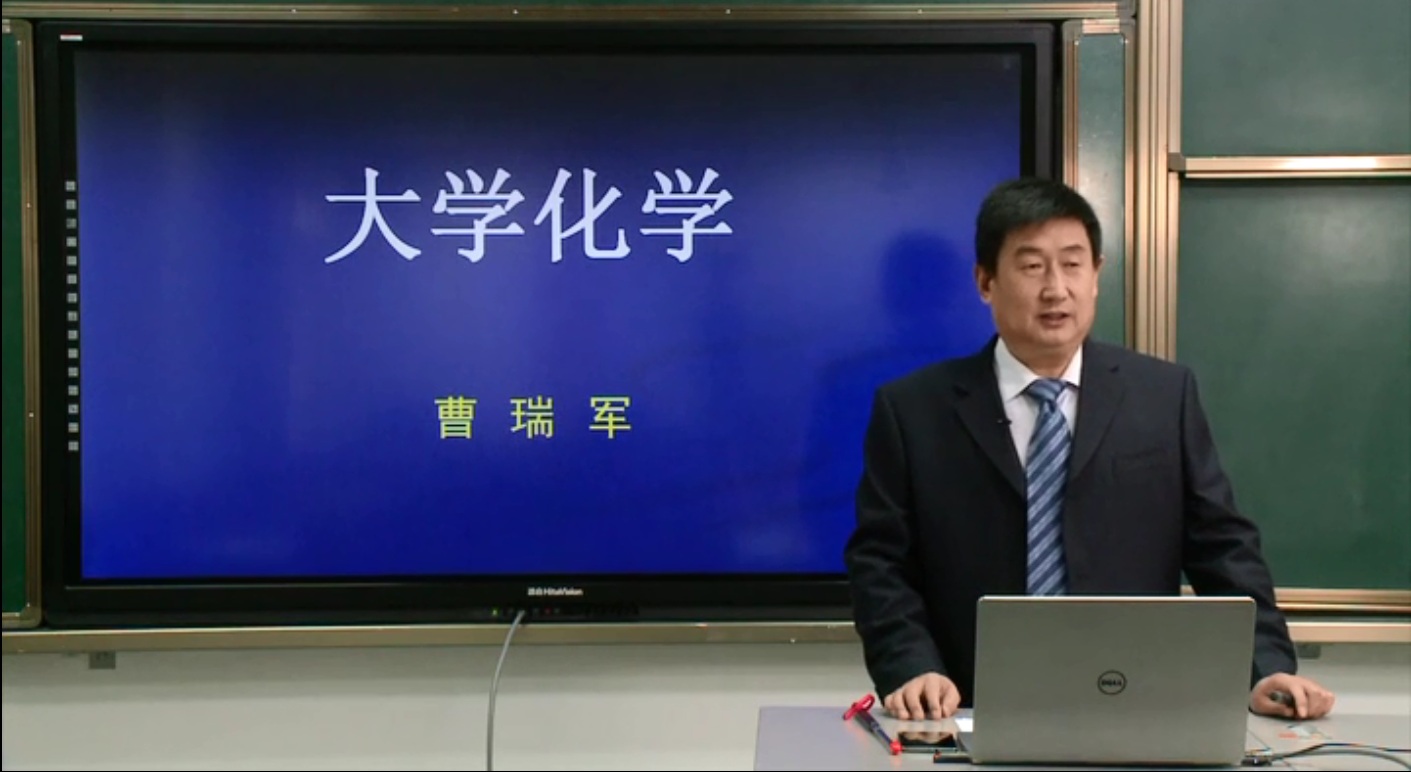
当前课程知识点:水彩绘堂 > 第三章 水彩提升 > 3.2 一起来看风景 > 3.2.1 雪山
In watercolor painting, there are two major techniques, namely, wet painting and dry painting. In fact, we use both of them in the process of painting.
Today we will use wet painting and dry painting at the same time.
Our watercolor painting techniques can be greatly improved with more practice of two painting techniques.
Now let us practice.
We will draw a picture of Snow Mountains today.
We use wet painting to draw the sky.
When drawing the sky, we should wet the picture first.
At the bottom of the picture is the outline of the snowy mountains, draw them with dry painting technique.
Wet the paper above the mountain range and reserve the position of the mountains dry.
Use appropriate amount of water, do not accumulate water on the paper.
If there is too much water on the paper, you can push it spread with a brush.
The aurora can be seen on the snowy plateau.
The bright part of the aurora is in great contrast to the dark color of the sky.
Which can produce a very good effect.
Let us draw the bright part of the aurora first.
Paint it with the warm color.
The aurora is the bright part, so color it light, not deep.
Another aurora is faint blue.
Try to keep the purity of the color.
Pay attention to the composition.
The aurora continues to extend far away.
Then we begin to use dark colors.
The color of the sky is deeper.
It should be noted that that there is a junction between the deep color and the color of aurora.
This is a very important way to paint the sky.
The colors of the sky should be deepened gradually.
Use contrasting colors to increase the heaviness of the sky.
Try to add contrasting colors.
The amount of the paint should be large.
Because we need this color a lot in the picture.
Colors will be quickly absorbed by paper if they are not enough.
Start from the deepest part.
Then the colors will be warmer below.
The edge line should be painted simply.
Add the color of lake blue.
The colors are colder on the top.
The color used is cyan.
The colors below are warmer.
The color is lake blue.
The color of the sky changes between warm and cold.
Add more previous colors.
At this time, keep the brush clean.
Draw the deep color on the other side when it is not dry.
Because the aurora is oriented, it shows up to the right. Use the brush to paint it in the same direction.
After drying it up, the water trace will show a very good effect.
The technique of glazing in wet painting is to glaze the colors in a certain period of time.
We need to practice this technique repeatedly before we can reach the level of proficiency to paint the picture well.
Next, the dry painting technique is used to draw the snowy mountains.
Because of the snow, a lot of white space will be reserved in the painting.
Snow mountains are drawn by dry painting and dry brush techniques.
The amount of color on the brush should be appropriate and the brush should be relatively dry.
First draw the rock textures on the mountains.
Use a combination of dry and wet painting techniques.
Not too much water is needed. Water can be used only in some parts.
This is a good time to show the effect of the rock.
Some edges of the rock are relatively neat, so paint them neatly.
You can draw it with a dry brush.
And dry painting technique as well.
Shape it with the wide and narrow sides of the brush.
Using rougher brush strokes to paint the rock outcrops in the mountains.
As for some details, use light blue to connect them.
The picture effect is more varied.
Some places are relatively deep in colors.
Check the picture.
Pay attention to the representations of shadows on the picture.
Finally, observe the whole picture.
Make adjustments to unsatisfied places.
This is the overall picture effect shown by the combination of dry and wet painting techniques.
The aurora of the sky is painted by wet painting.
The whole picture is unified with blue tone.
However, the expressive techniques and colors are very rich.
That is all for this lesson. Everyone can practice repeatedly to make a fantastic effect.
-1.1 水彩画之前世今生
-1.2 水彩画之自我告白
-1.3 水彩画之武器装备
-1.4 水彩之小试牛刀
-1.5 水彩之小试牛刀——实例
-2.1 谋篇布局:从构图说起
-2.2 技法大揭秘
-2.3 色彩的秘密
--2.3.4 色调
--水彩还可以这么玩
-3.1 花都开好了
-3.2 一起来看风景
--3.2.1 雪山
-3.3 成为小小插画家
-4.1 水彩艺术的欣赏路径
-4.2 水彩画的保存与收藏
-4.3 水彩画的新玩法
-5.1 为什么要写生
-5.2 水彩静物写生
-5.3.1 风景画
--5.3.1风景画
-5.3.2 室外光色变化的一般规律
-5.3.3 色调与意境
-5.3.4 手把手教你如何写生
-5.3.5 水彩写生之经验谈
-6.1.1 水彩创作的基本要素1
-6.1.2 水彩创作的基本要素2
-6.2 构思画作的方法
-6.3 水彩创作赏析


